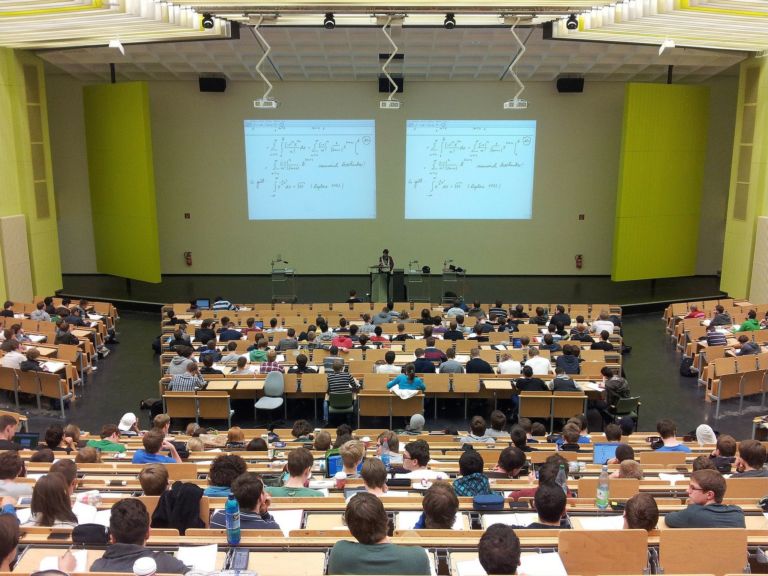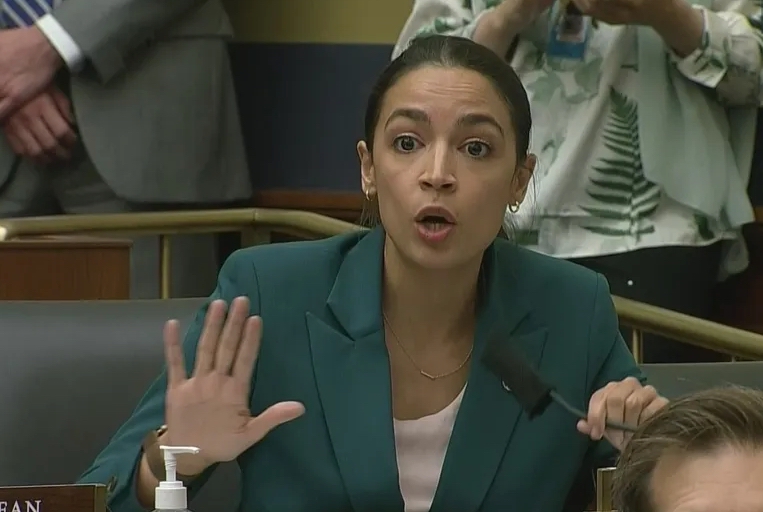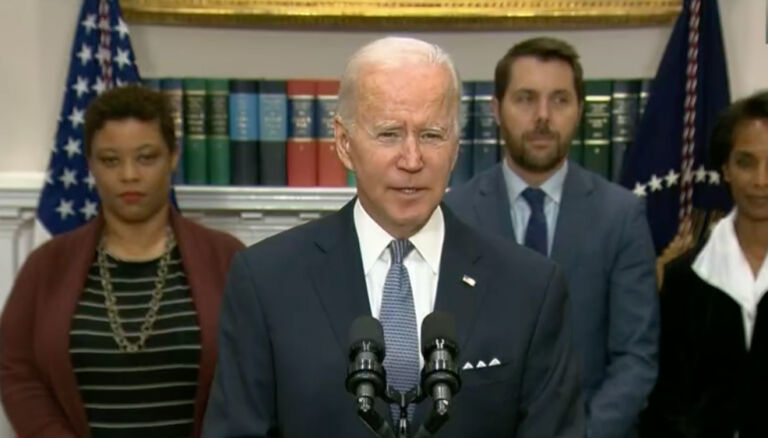Editors at National Review Online lament recent changes in one Midwestern state.
The cynic H. L. Mencken once quipped that “democracy is the theory that the common people know what they want, and deserve to get it good and hard.” The sad reality is that bad choices in a single election cycle can have toxic consequences that not only are undeserved by the outvoted minority, but also can linger long after a passing majority has crumbled. So it may be for Minnesotans after the recently concluded session of the state legislature.
Minnesota has long been liberal, but with a frequently divided government that kept its radicalism tethered. The state’s Democratic-Farmer-Labor party — formed by a 1944 merger between Democrats and a leftist party from the heyday of American socialism — held the trifecta of the governorship and both houses of the state legislature for only two years between 1991 and 2022. Republicans most recently held the state house from 2015 to 2018, and the state senate from 2017 to 2022. Entering the 2022 midterms, Minnesota had the only legislature in the country with each party controlling one house. Now, that last bulwark against full leftism has been removed, and the consequences are in full view.
For the DFL, 2022 was hardly a sweeping mandate. Minnesota Republicans won 48 percent of the vote in federal House races, a significant improvement from 2020 or 2018, and had their best showing in the governor’s race since 2006. But their gubernatorial candidate, Dr. Scott Jensen, was easily caricatured as an extremist on the 2020 election, abortion, and vaccines. The state senate went from a 34–33 Republican majority to a 34–33 DFL majority. On that slim basis, the DFL set out to turn the state overnight into a frozen California. The legislature, with the eager connivance of Governor Tim Walz, voted routinely in partisan lockstep to enact a wish list of left-wing radicalism. Republicans could do little to hold back the deluge.
The DFL’s top priority was all culture war, all the time.


